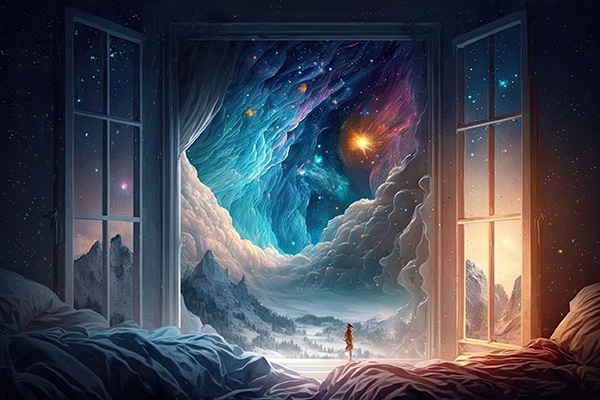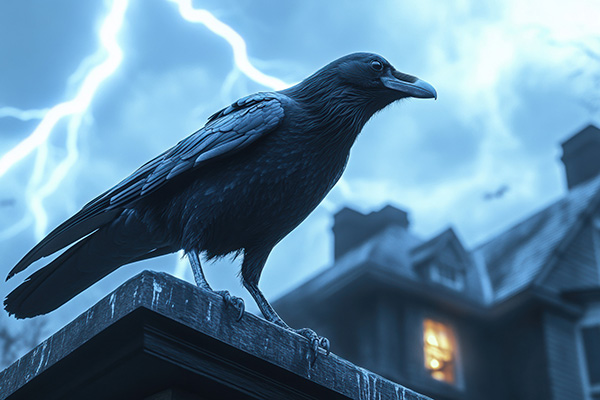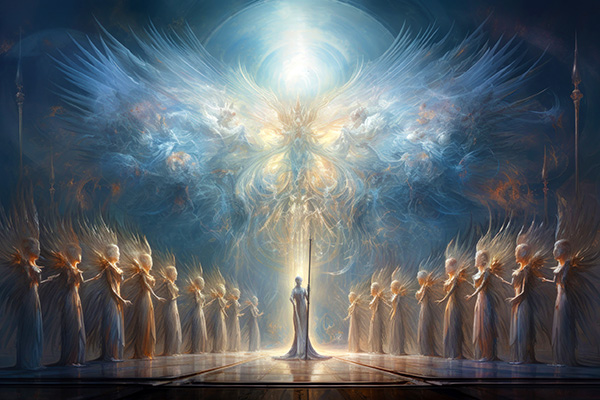ancestors
Wishing You A Blessed Holiday Season
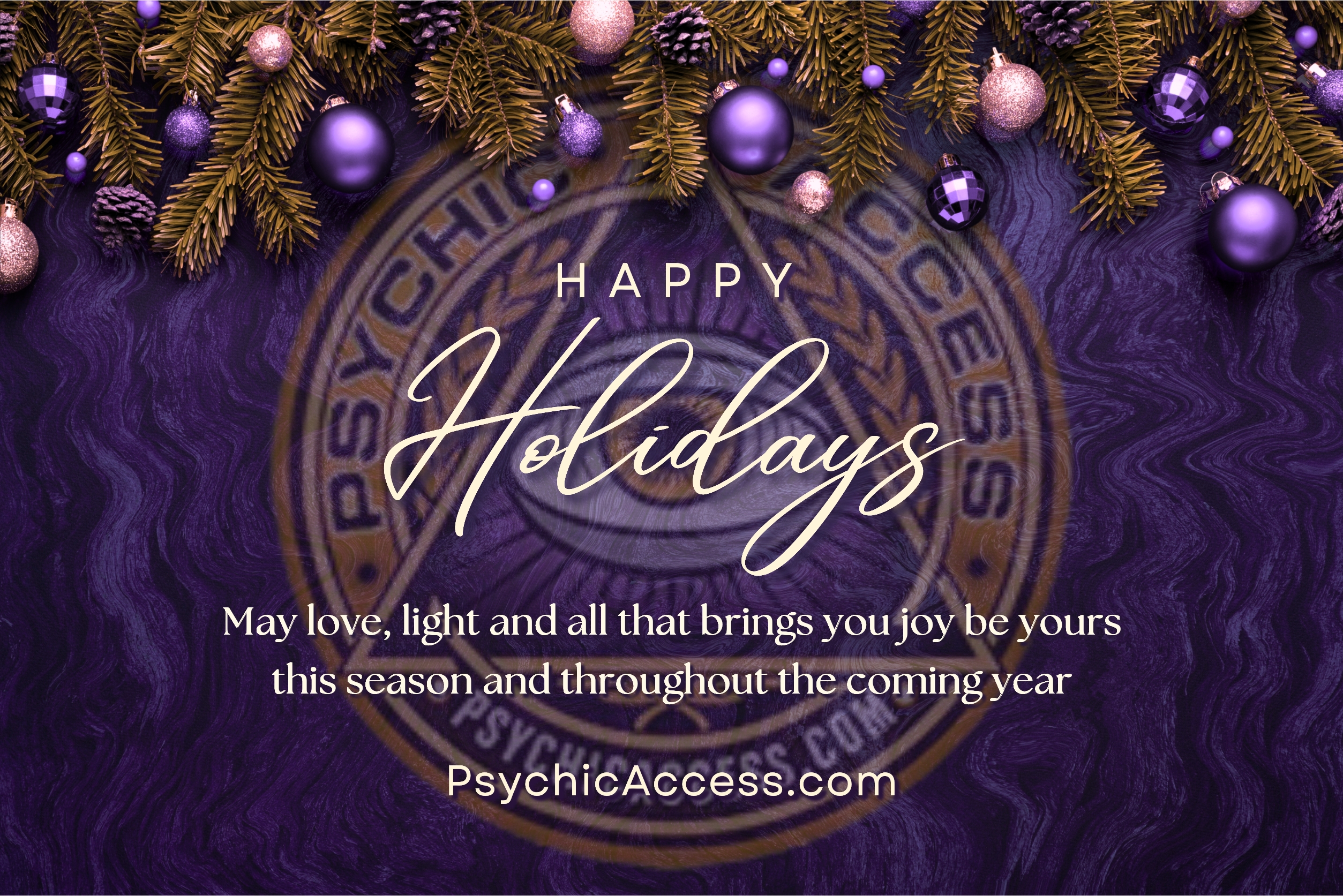 Valued clients, as we approach the close of another remarkable year, our hearts are filled with gratitude for your continued loyalty and support.
Valued clients, as we approach the close of another remarkable year, our hearts are filled with gratitude for your continued loyalty and support.
Your trust, courage, and commitment to your personal and spiritual growth have made 2025 a year of profound connection and meaningful transformation. We are humbled and honored to walk this sacred path with you every day.
Your calls motivate and inspire us daily. You remind us why we do what we do. Why we show up, hold space, offer guidance, and continue striving to uplift every soul who seeks the guidance of spirit.
Because of you, our mission continues, our purpose endures, and our dedication to service remains with each passing season.
This year, through triumphs and trials alike, we have witnessed your resilience, your breakthroughs, and your beautiful unfolding to live your best life.
It has been our privilege to support you this past year as you navigated life’s shifting tides, embraced new opportunities, and stepped ever more fully into your authentic power.
We look forward to continuing this sacred partnership with you, offering clarity and spiritual insight whenever you need it.
The holiday season reminds us of the things that matter most in life: compassion, love, inner peace, and the quiet miracles that shape our lives. It is a time to cherish the connections that uplift us and to honor the divine spark that flows through us all. May this season bring you moments of stillness, heartfelt joy, and the comforting warmth of those who love and cherish you.
The History And Hidden Blessings Of Halloween
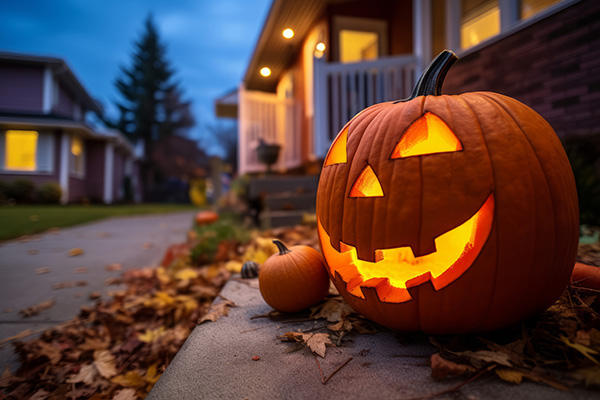
As a child, I remember getting excited about dressing up as a witch on Halloween and enjoying all the treats, like toffee apples and spooky cakes, that my mom used to make.
But one year, my father ruined the holiday for me when he explained his views on the significance of Halloween to me. I was just 10 years old, and it upset me.
Because of his religious beliefs, my father then forbade my siblings and me from celebrating Halloween. This made us feel excluded from our community as we watched other children dress up and enjoy themselves.
As an adult, I learned that it was not the event itself that was the issue, but rather the assumed F.E.A.R. behind it: False Evidence Appearing Real.
Remembering those times recently, I was prompted to take another look into the origin of this holiday tradition and what it truly stands for.
On 31st October each year, the Celtic pagan festival known as Samhain is celebrated, symbolizing the end of the harvest period and the start of the winter season, sometimes referred to as the “darker half” of the annual 12-month cycle.
Long before it became a night of costumes and candy, it was a sacred festival rooted in ancient spiritual tradition. The celebration we now know as Halloween traces its origins to Samhain (pronounced Sow-in), a Gaelic festival that marked the end of the harvest and the beginning of the dark half of the year.
Remember To Wear Your Protection Daily
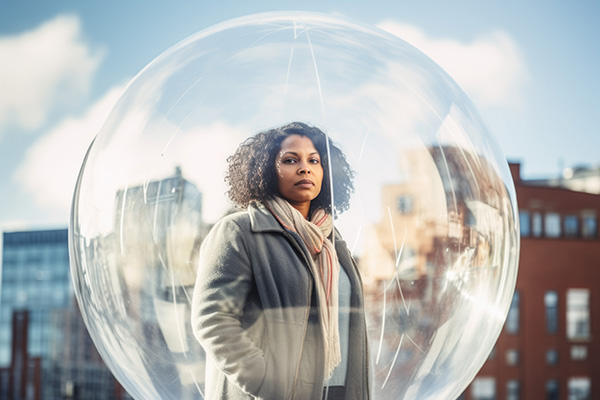 Many of my clients complain feeling drained by people around them. These energy thieves can be found in their work environment, and among friends or family. In turn, what affects them energetically, also affects their pets.
Many of my clients complain feeling drained by people around them. These energy thieves can be found in their work environment, and among friends or family. In turn, what affects them energetically, also affects their pets.
Only yesterday, I was driving one of our local veterinarians back to her practice in town. I had brought her out to our place in the country to check our latest rescue dog; he is still too nervous to get into the car.
She then started telling me, with no prompting from me, how her customers are draining her. She feels that her animal patients are profoundly affected by their owners’ moods. The vet said she takes a few days off intermittently to recharge her batteries – not from the work she loves, but from the pet owners!
When I saw psychic medium John Edward perform live, he was stressing how important it is to wear our energy or psychic protection. “Wear it like a condom,” he said. I have since adopted this motto as my own, because it really nails the importance of wearing protection from negative energies around you.
We dress according to climate changes, and so, we must also wear the appropriate psychic protection for our own inner ‘climatic changes.’
We are all vulnerable to external energy vibrations, but at times this threat intensifies. We are especially more open to taking on external ‘stuff’ when we are anxious, tired, going through personal changes, and when are under the influence of any mind-altering substance.
Embracing The Dark Season With Isa And Jera
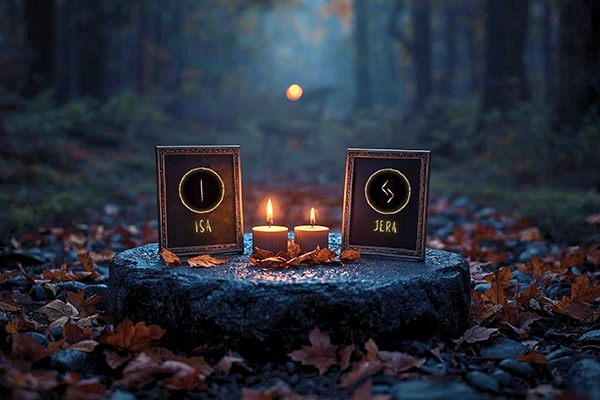 This time of year, when the air first sharpens and the trees begin to release their golden leaves, I feel a familiar stirring in my heart and soul.
This time of year, when the air first sharpens and the trees begin to release their golden leaves, I feel a familiar stirring in my heart and soul.
Early fall has always been more than just a change of weather to me. It is a threshold, a sacred gateway that leads us from the brightness of summer into the deeper mystical wisdom of the dark season.
There’s a particular magic in this in-between time of the year…where light and shadow meet, and the veil between worlds begins to thin.
Fall is not merely an ending; it is an invitation inward. It asks us to reflect, to release, and to realign with the deeper currents that move through all things. Just as the trees surrender their leaves, we too are asked to let go of bad habits, limiting beliefs, or self-imposed burdens that no longer serve our highest path.
Our ancestors knew this well. They did not simply mark their calendars this time of year…to cover the pool or reorganize their closets, like we do. Instead, they were in deep sync with the rhythmic cycles of the year.
In the North, they honored the harvest with gratitude, they stored up sustenance for the long winter months ahead…and they carefully consulted the runes. The runes were for them living messages from the gods that spoke of fate, nature, and the mysteries of life.
As an spiritual advisor who works with the runes, I often remind my clients that these symbols are not relics of the past. They are very much alive, pulsing with energy, ready to guide us if we open ourselves to their voices.
